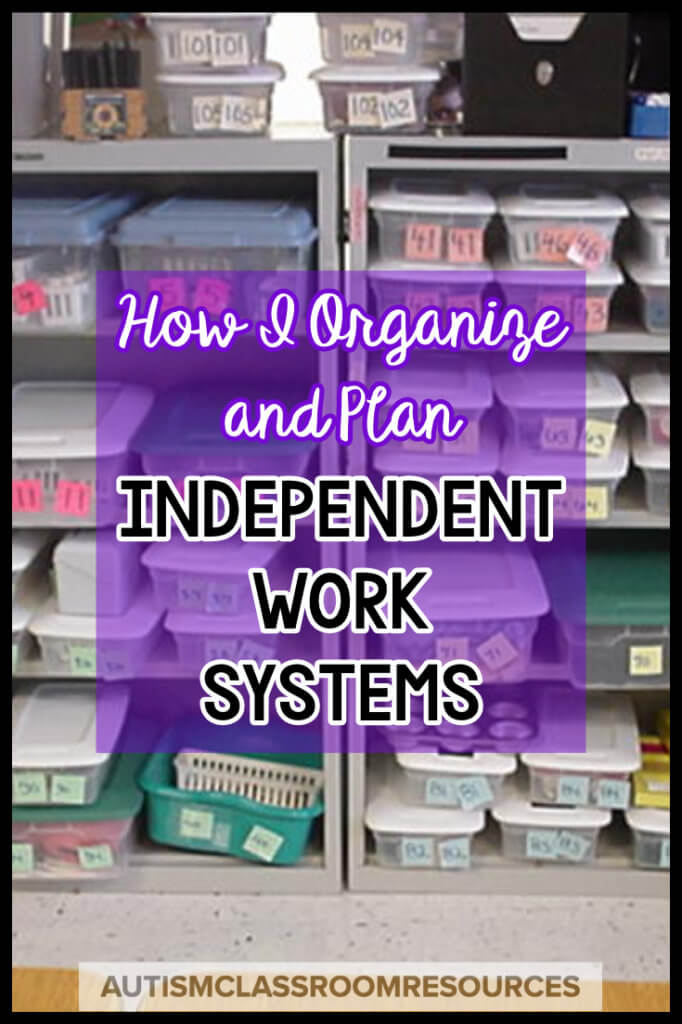
Another in our frequently asked questions is how do you plan independent work tasks and organize them to be put into the students’ systems. I typically do independent work as a center in the classroom, so each system has to work for multiple students. To do this does require organization so that whoever is zoned to supervise independent work knows what tasks to put in which system. I thought I would share some of the systems I have used to do that organization.
Master Task List

Remember that work tasks need to be work that students can do independently. So that means we have to have some way to track those tasks, as they should increase over time. To do that, we have to track the tasks first.
As I’ve talked about before, you can use any type of visual for schedules, especially when students are getting started with independent work. But, once they get going, I find it helpful to have a master list of tasks that is numbered. I know some people use a code (e.g., S1 would be sorting task 1), but I find it easier just to keep a master list of numbered tasks.
Usually the list starts with the simpler tasks like put-in tasks, but over time I find it difficult to continue trying to keep different types of tasks separate. In addition, as tasks get more complex, they may have multiple skills within them which I always find it hard to categorize. So, for me, simpler organization always works better.
I use the mastered task list that comes with my Independent Work Starter Kits (elementary and secondary). It allows me to just have a list (that I can add to over time) of the number of the task and then check off when students have mastered that task.
This list then hangs in the work area so that if we have to pull out work systems for table tasks or on the fly because of a crisis that takes away staff, it’s easy for whoever sets the system up to pull the tasks the students have already mastered.
Organizing Baskets in Area
Especially when you are just getting started, if multiple students are using the same area for independent work, you need a quick way to get the tasks set up. You don’t always have time to refer to the mastery list to pull the tasks.
To address that, I typically set up each work area for specific students in mind. I put the students’ names in that area so they know where to sit, and staff knows where to set up their systems.
Then, I might have a board that lists the tasks to put there each day (see the planning section below). Or I might have those tasks already set up with the visuals ready to go. When first starting independent work in the classroom, I find this to be the easiest. Since everything is a little new when you first get started, it’s easiest to just be able to pull the baskets off while the students are doing their “what’s next” activity and reset the systems for the next group.
Planning Independent Work Tasks
Finally, how do you, as the teacher, direct independent work when you usually aren’t the one running the center? Lesson planning.
While I know that many don’t think much of lesson planning, I strongly believe it’s still important in special education. And the tasks that go into the work systems should be in line with that. For one, you can use thematic tasks. For instance, you could have a wrapping present task for the winter holidays. You can switch out your file folder types of activities and other types of tasks seasonally as well.
The master tasks list I talk about above is a critical tool that you can use for lesson planning independent work. My middle school lesson plan templates that I share in this post I have a section for putting in the numbers of independent work tasks.
Depending on the students, I tend to keep the same tasks going for a week. If i have a student who is bored easily or needs more variety I might change things up more often. So, given that I could also just post a weekly list of tasks in the work area to direct the para on what tasks to use.
So those are 3 ways that you can plan independent work systems to make them successful in your classroom.
GET ALL THE VISUALS AND ORGANIZATIONAL TOOLS YOU NEED to start independent work in your classroom.
These kits include an e-book with directions on setting up independent work systems and using the materials included, data sheets for tracking progress, visuals for the special education work boxes and schedules, what’s next visuals, and mastery sheets to keep track of which students have mastered which task.

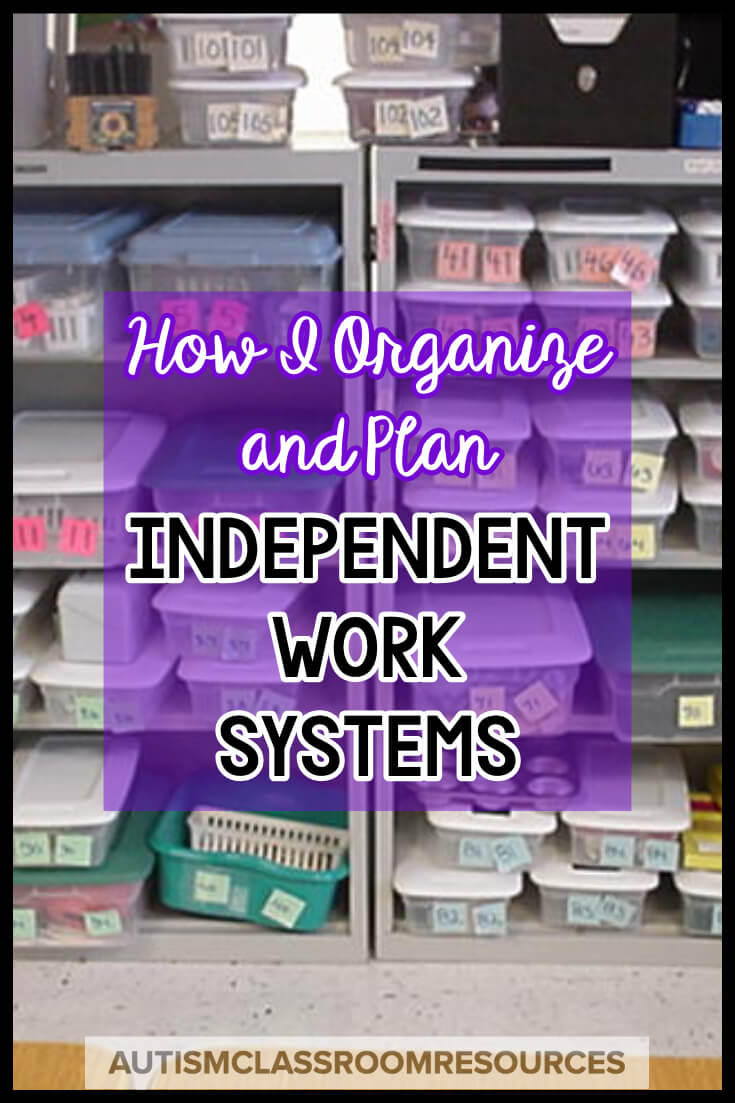
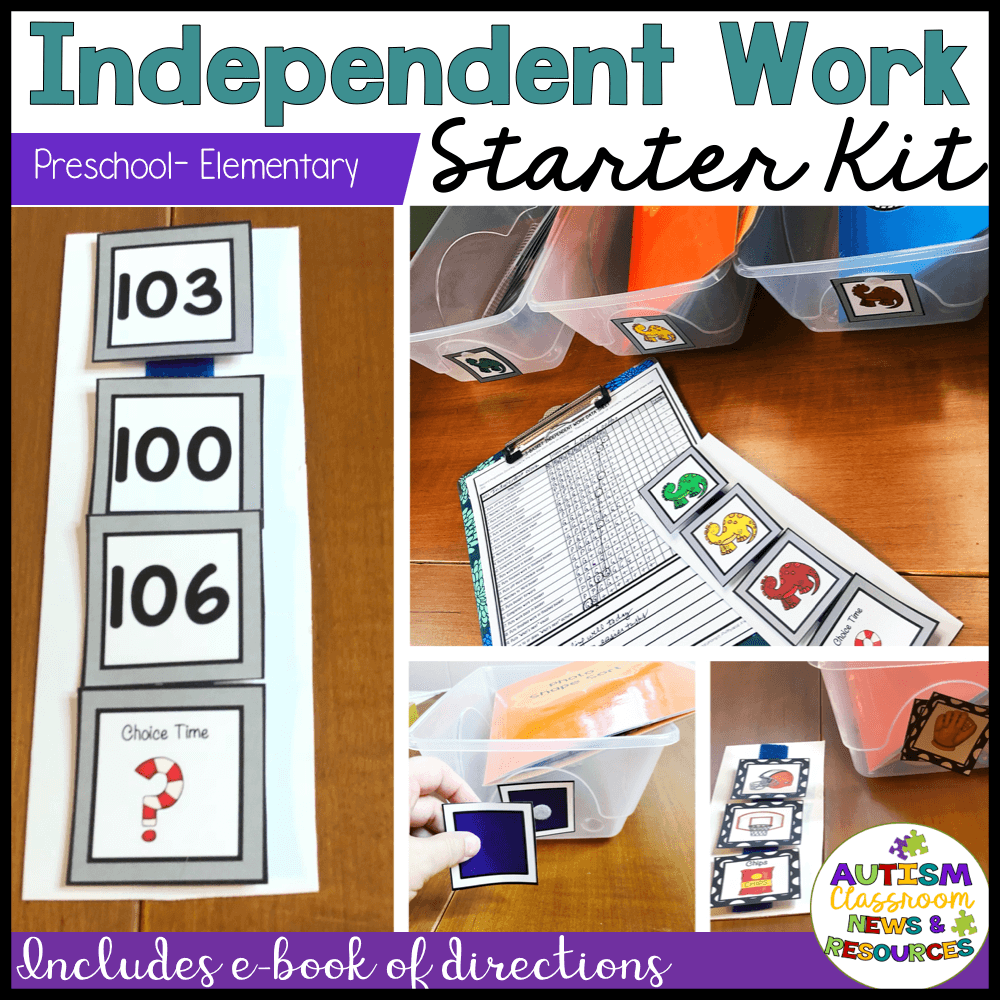
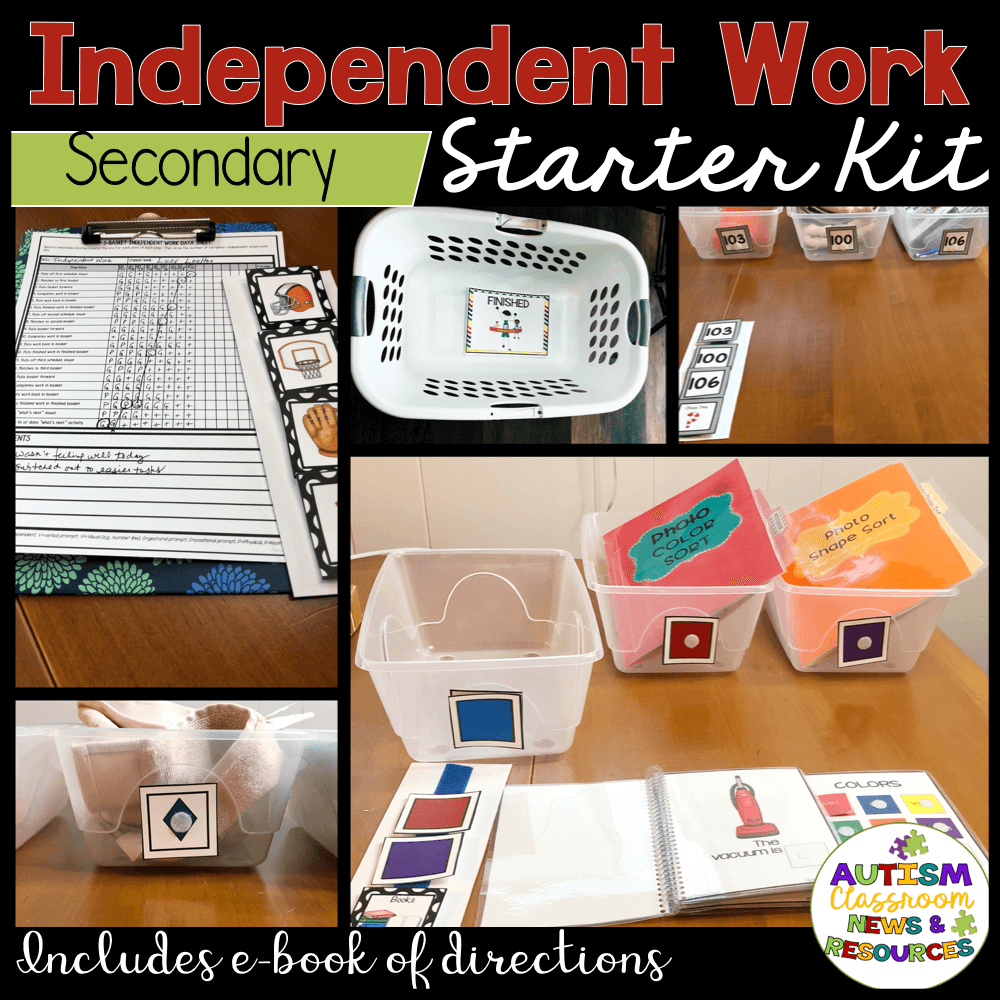

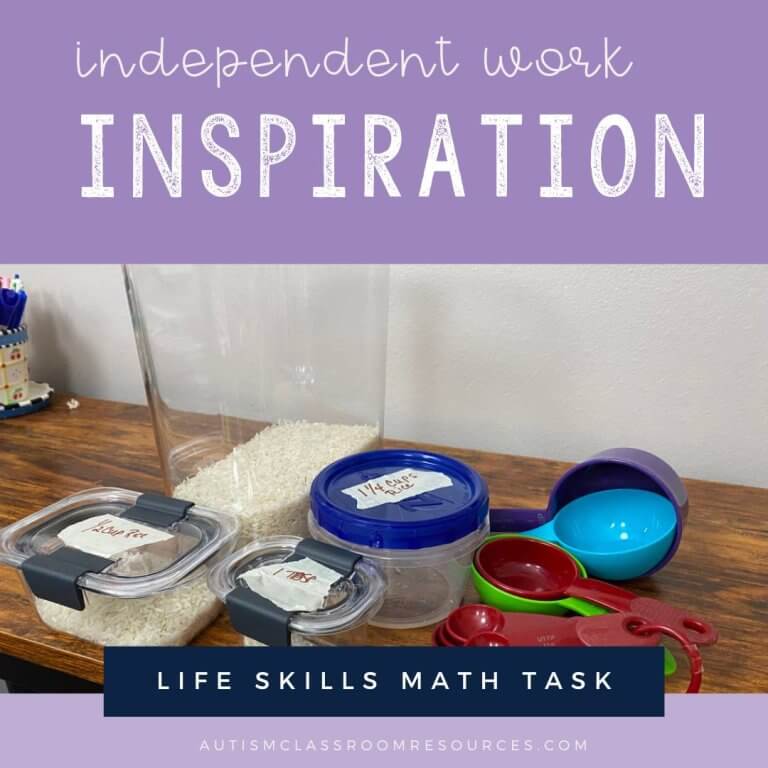
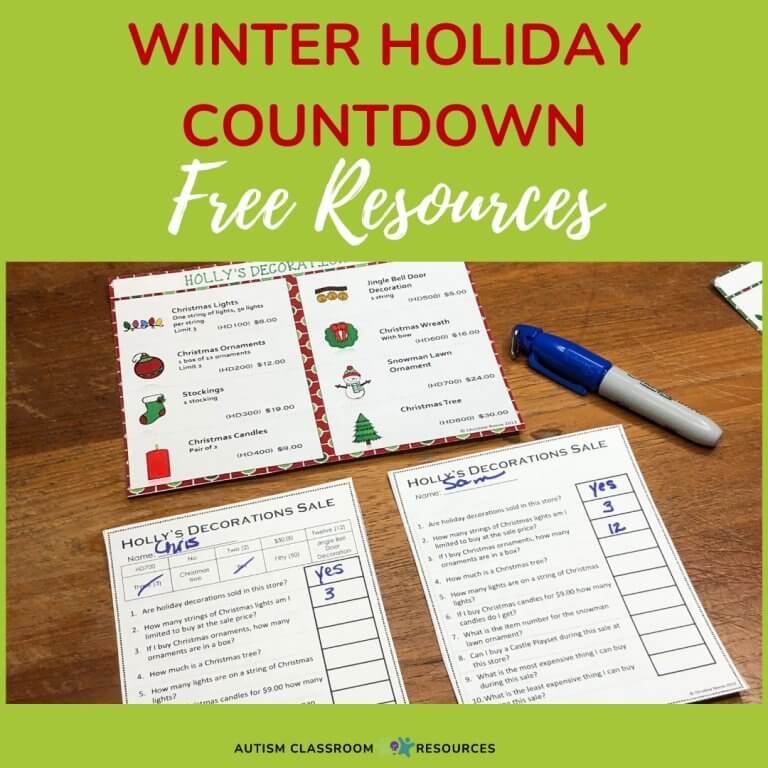
![Independent Work-3 Ways It can Become Your Best Classroom Management Tool [A sorting task in a shoebox to sort nouns from verbs on popsicle sticks into plastic cups]](https://autismclassroomresources.com/wp-content/uploads/2023/06/BLOG-22208-3-Ways-Task-Boxes-and-IW-Help-Classroom-Management-2-768x644.jpg)
